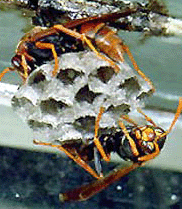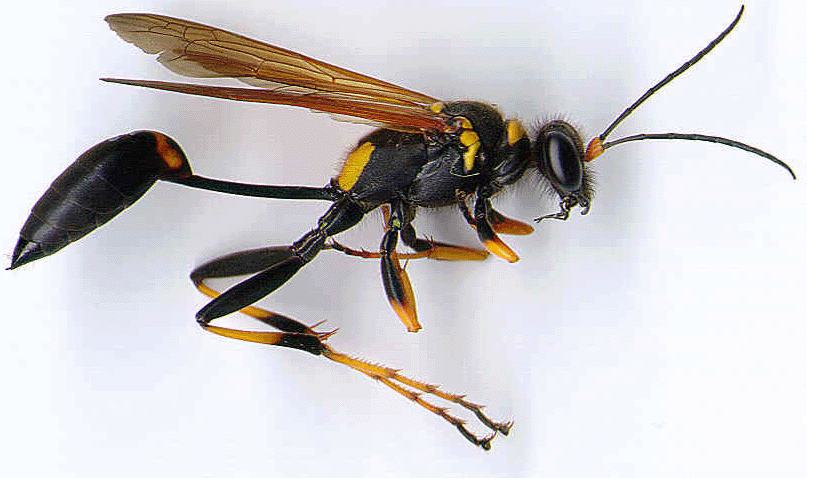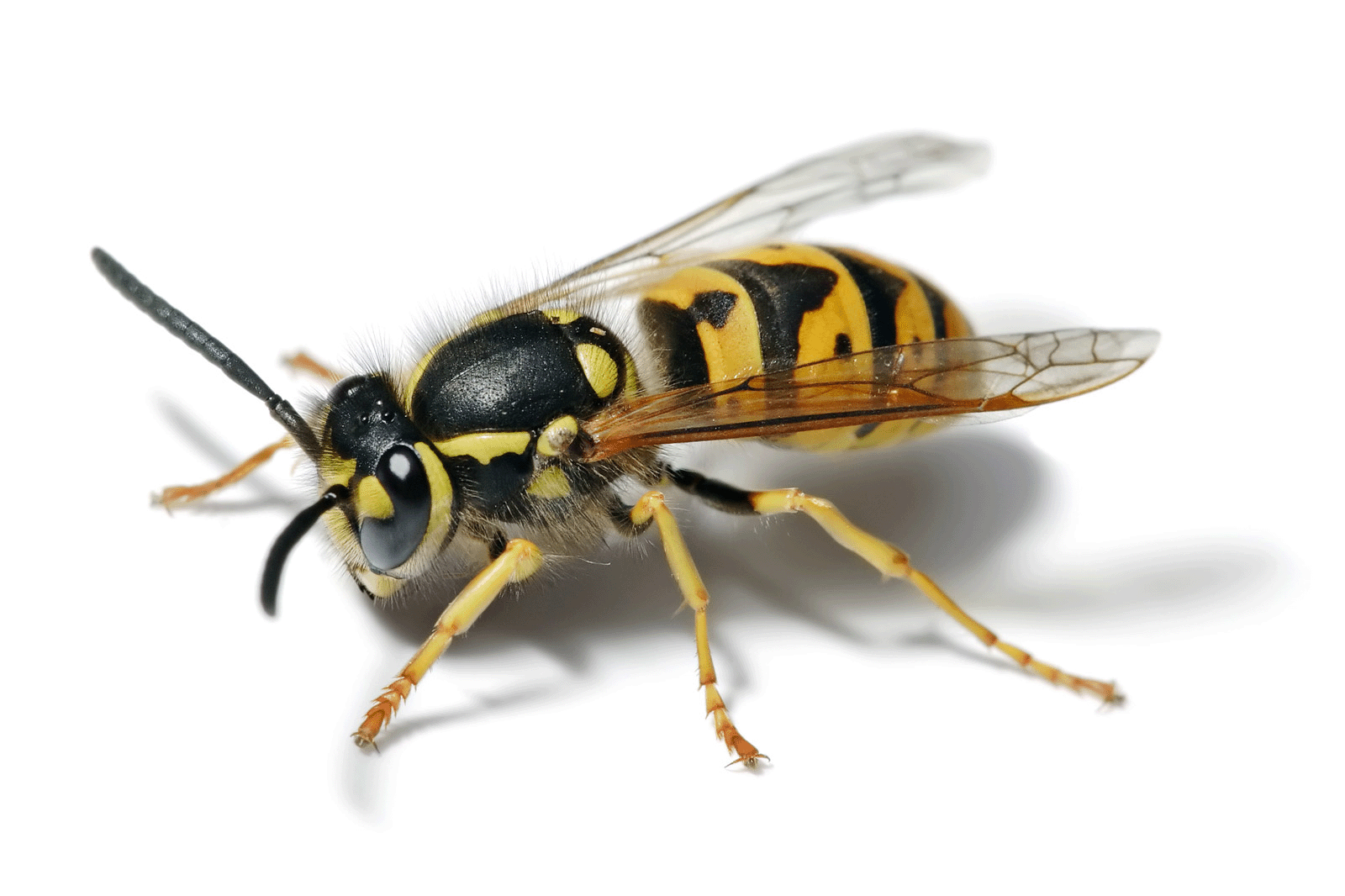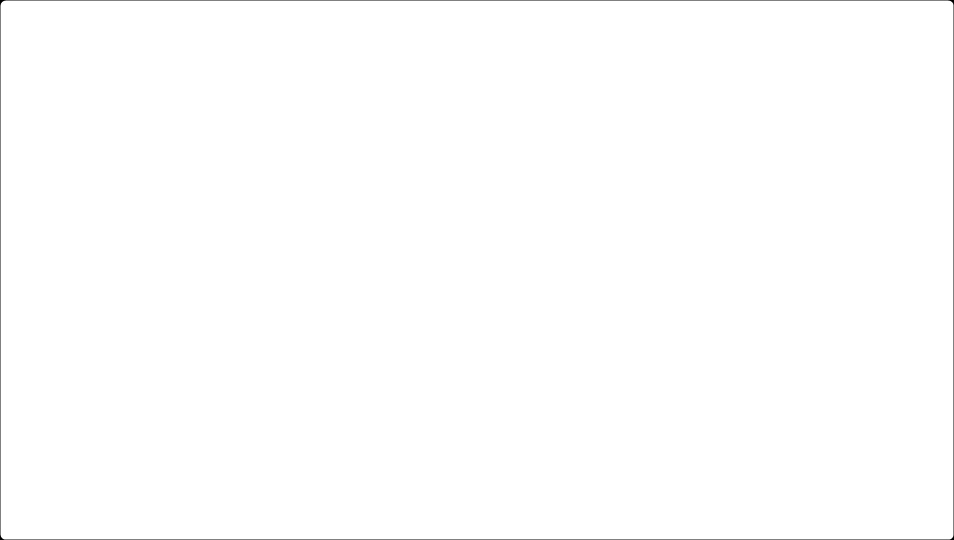Home | About Pesty Girls Pest Management | Cockroaches | Spiders | Ants | Bees | Wasps | Fleas | Possums | Contact Us | Sitemap
This work is copyright. Apart from any use permitted under the Copyright Act 1968, no part may be reproduced by any process, nor may any other exclusive right be exercised, without the permission of Pesty Girls Pest Management (copyright owner) and the year in which the work was made - 2008
© copyright Pesty Girls Pest Management 2011 All rights reserved.
Build nests of mud or 'clay'. Some species attach nests to rock faces, tree trunks or buildings. Others build inside cavities, such as holes in tree trunks or machinery and in infrequently used taps and pipes or the handles of tools left outside.
They build nests of grey papery material around the home often under eaves, pergolas or in vegetation. The nests are cone-shaped, becoming round as more cells are added.
Nests are a maximum diameter of 10-12 centimetres, with numerous hexagonal cells underneath, some with white caps.
Nests are exposed and suspended by a short stalk under an overhang, often on a pergola, the eaves of a roof or in a shrub or tree.
They are slender with long thin wings. They are 10-15 millimetres long, tan in colour with darker bands and some yellow on the face. Other species of paper wasps are larger or smaller and differently coloured.
Many different species of Australian mud wasps - They vary in size and colour but are often all black or black with orange or yellow bands or markings
They build a ‘paper’ nest from saliva mixed with wood fibres which grows over summer to football size. The nest is nearly always concealed, often underground or in a roof or wall cavity, and by the end of summer may house several thousand wasps.












